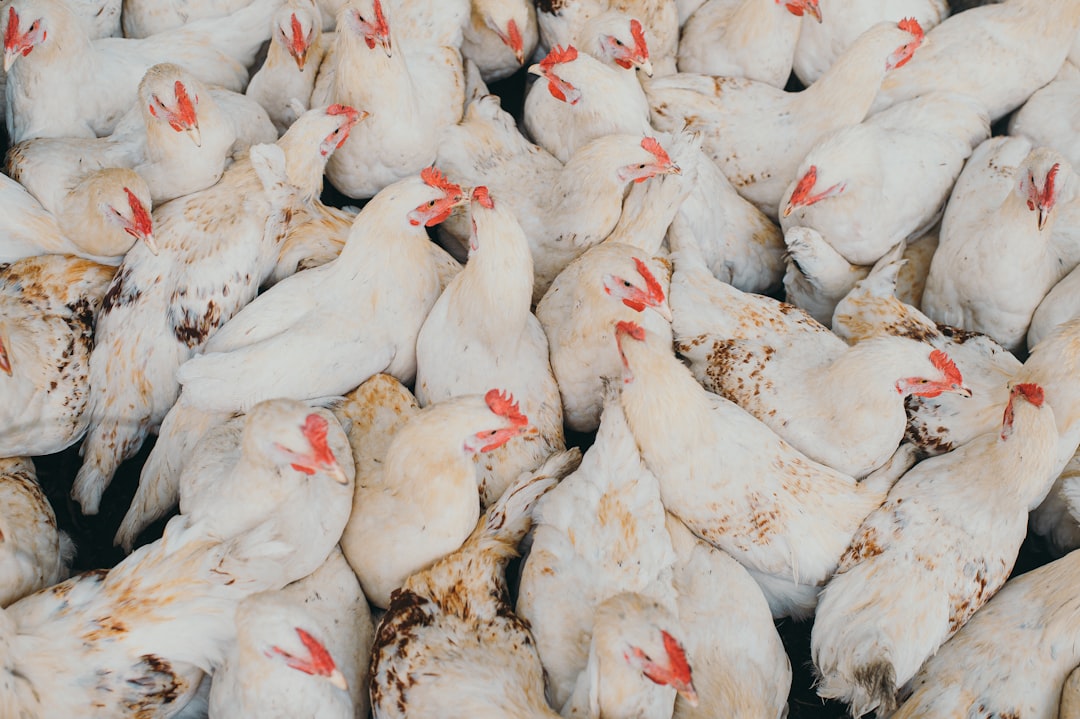Avian influenza, particularly the highly pathogenic avian influenza (HPAI) strains, continues to pose significant challenges to poultry farming worldwide. In 2025, the global poultry industry is facing heightened risks due to ongoing outbreaks, necessitating robust surveillance, prevention strategies, and coordinated international responses. Here’s a comprehensive overview of the current situation, focusing on global surveillance efforts, prevention methods, and the impact of avian influenza on poultry farming.
1. Global Surveillance Efforts
Effective surveillance is crucial for early detection and management of avian influenza outbreaks. This involves monitoring both domestic and wild bird populations for signs of the virus.
-
International Collaboration: Organizations like the World Organisation for Animal Health (WOAH) and the Food and Agriculture Organization (FAO) play key roles in coordinating global surveillance efforts. They work closely with national veterinary services to ensure that outbreaks are quickly identified and reported.
-
Technological Advancements: Advances in diagnostic technologies have improved the speed and accuracy of virus detection. Molecular tests, such as PCR, are widely used to confirm the presence of HPAI strains.
2. Prevention Strategies
Preventing the spread of avian influenza requires a multifaceted approach that includes biosecurity measures, vaccination strategies, and public awareness campaigns.
-
Biosecurity Measures: Implementing strict biosecurity protocols is essential for protecting poultry flocks. This includes restricting access to farms, using personal protective equipment (PPE), and ensuring proper cleaning and disinfection of facilities.
-
Vaccination Programs: Vaccines can be effective in reducing the spread of avian influenza, although their use is subject to regulatory considerations and potential trade impacts6. The USDA has recently approved a vaccine for use in poultry, marking a significant step forward in disease control.
-
Public Awareness: Educating farmers and the general public about the risks and prevention methods is vital for reducing the spread of the virus.
3. Impact on Poultry Farming
The impact of avian influenza on poultry farming is substantial, affecting both producers and consumers.
-
Economic Impact: Outbreaks lead to significant economic losses due to bird culling, reduced production, and increased costs for biosecurity measures. In the U.S., over 100 million birds have been affected since 2022, resulting in higher egg prices and supply shortages.
-
Supply Chain Disruptions: The reduction in poultry supply can lead to shortages and price increases for consumers. Retailers have implemented purchase limits on eggs in response to these challenges.
-
Industry Adaptation: The poultry industry is adapting to the ongoing threat by enhancing biosecurity practices and exploring new technologies to mitigate risks.
4. Future Directions and Strategies
To address the challenges posed by avian influenza, the industry is focusing on several key strategies:
-
Global Coordination: Enhanced international collaboration is essential for sharing best practices and coordinating responses to outbreaks.
-
Technological Innovations: Continued investment in diagnostic and vaccine technologies will be crucial for improving disease management.
-
Sustainable Practices: Promoting sustainable farming practices that reduce environmental impact while maintaining biosecurity will be important for long-term resilience.
Conclusion
Avian influenza remains a significant threat to global poultry farming, necessitating robust surveillance, prevention strategies, and international coordination. As the industry continues to adapt to these challenges, focusing on biosecurity, vaccination, and technological innovations will be crucial for mitigating the impact of HPAI and ensuring a sustainable future for poultry production. Whether through improved diagnostic tools or enhanced biosecurity measures, every step towards better disease management contributes to protecting both the poultry industry and public health.
Citations:
- https://www.woah.org/en/new-global-strategy-for-the-prevention-and-control-of-high-pathogenicity-avian-influenza/
- https://www.animalhealthsurveillance.agriculture.gov.ie/media/animalhealthsurveillance/Avian%20influenza%20Update%20No%205%20of%202025.pdf
- https://www.usda.gov/about-usda/news/press-releases/2025/02/26/usda-invests-1-billion-combat-avian-flu-and-reduce-egg-prices
- https://quakervalleyfoods.com/impact-of-bird-flu-on-poultry-industry/amp/
- https://www.paho.org/sites/default/files/2025-01/2025-jan-24-phe-epiupdate-avian-influenza-eng-final.pdf
- https://www.cidrap.umn.edu/avian-influenza-bird-flu/usda-rolls-out-5-step-plan-battle-avian-flu-poultry
- https://cals.ncsu.edu/news/avian-flu-how-scientists-and-farmers-are-working-to-adapt/
- https://www.reportlinker.com/article/10178
- https://www.paho.org/sites/default/files/2025-03/2025-mar-4-phe-epidupdate-avianinfluenza-eng-final.pdf
- https://avinews.com/en/avian-influenza-deaths-drive-u-s-egg-prices-up/

Comments
No comments yet. Be the first to comment!
You must be logged in to comment. Login